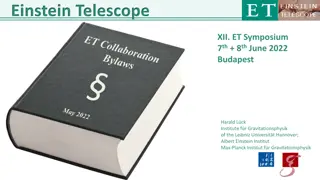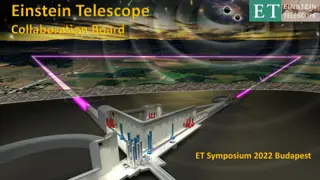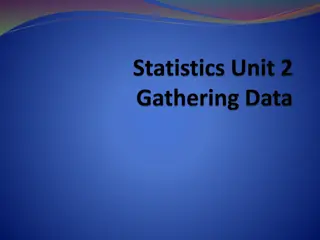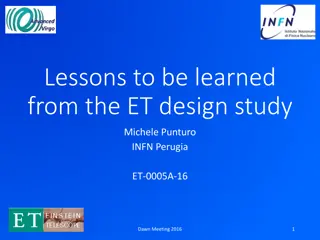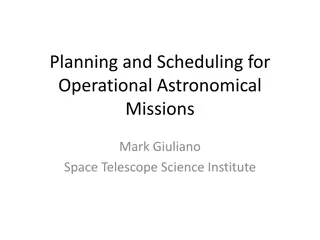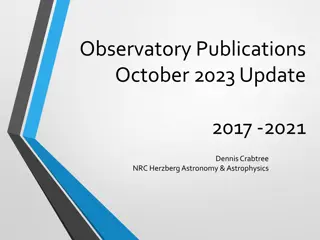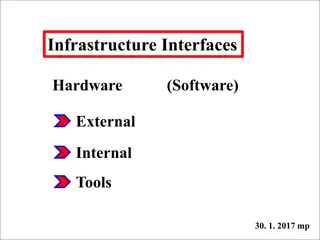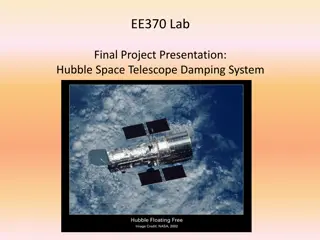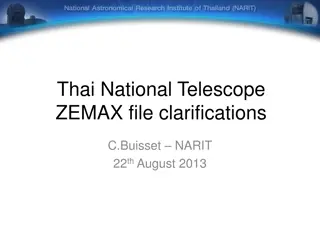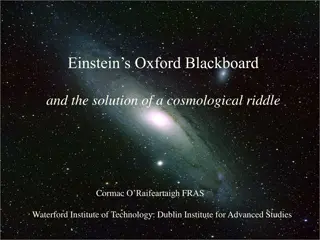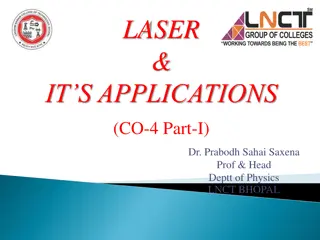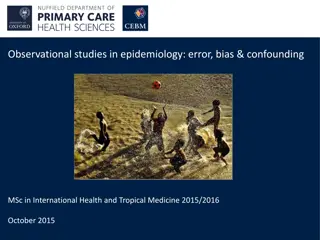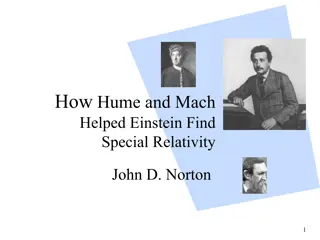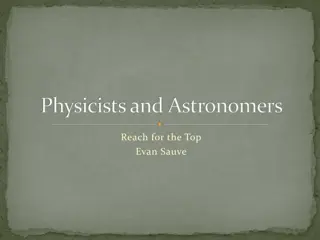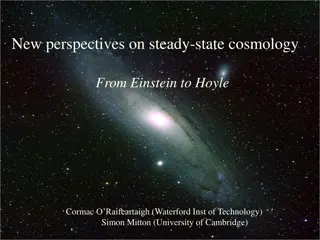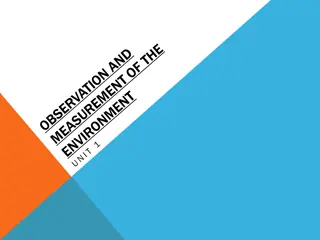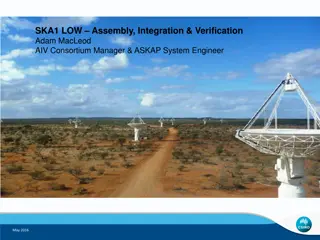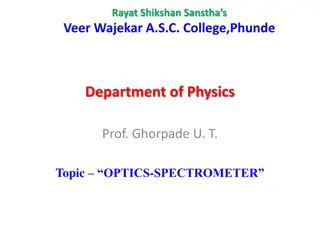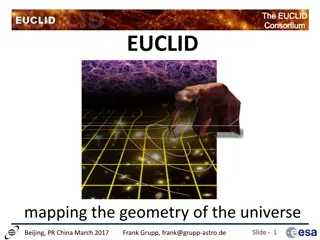Exploring the Einstein Telescope: Observational Science and Board Details
Delve into the world of observational science with the Einstein Telescope (ET). This comprehensive overview covers the involvement of Flanders researchers, gravitational wave sources, ET's detection capabilities, and its significant contributions to black hole and neutron star properties. Learn about the formation and objectives of the ET Observational Science Board, its divisions, and the key mandates guiding its research efforts.
Download Presentation

Please find below an Image/Link to download the presentation.
The content on the website is provided AS IS for your information and personal use only. It may not be sold, licensed, or shared on other websites without obtaining consent from the author. Download presentation by click this link. If you encounter any issues during the download, it is possible that the publisher has removed the file from their server.
E N D
Presentation Transcript
Einstein Telescope Observational Science Archisman Ghosh
Plan of the talk Observational science with the ET ET Observational Science Board Involvement of Flanders / Flemish researchers
GW sources Bursts Mergers of binaries of black holes and neutron stars (supernovae) GW background (astrophysical and cosmological) Spinning neutron stars
ET sensitivity 10 current detectors Low-freq improvement
ET science Black hole properties: origin (stellar / primordial), evolution, demography Near-horizon physics, probing the nature of compact objects Neutron star properties: strongly coupled matter, QCD, exotic matter Multimessenger astronomy Dark matter: primordial black holes, axion clouds, Dark energy and modifications of gravity at cosmological scales New sources: supernovae, isolated neutron stars, stochastic background!
ET Observational Science Board Formed in Nov 2021 with a mandate to: Investigate science case for ET Produce ET blue book (summer 2024) Develop analysis tools required for science extraction Release a series of mock data challenges Develop data analysis platform and computational infrastructure Foster relations with other GW experiments Foster relations with the external EM/neutrino communities
ET Observational Science Board 10 Divisions: Fundamental physics Cosmology (coordinated jointly by AG) Population studies Multimessenger observations Synergies with other GW observatories Nuclear physics Stellar collapse and isolated neutron stars Waveforms Common tools Data analysis platform
ET Observational Science Board Organization / coordination via (monthly) telecons, biannual in-person meetings ET Symposium @ Cagliari, May 2023 Science presentations (talks / posters) over a broad range of topics ET Annual Meeting @ Orsay, November 2023 Blue book coordination Multimessenger astronomy Mock data challenges
ET Observational Science Board Science case and blue book contribution from Flanders UAntwerpen: Stochastic background data analysis and source separation VUB: Stochastic background theory: topological defects and phase transitions UGent: Cosmography, large scale structure of the universe, supernovae, exotic compact objects KULeuven: Astrophysics, tests of GR, GW lensing, GW null stream, supernovae Blue book writing: significant input from many members! D lya, Blasi, Mariotti
High visibility in Virgo and ET Being in the forefront of LVK data analysis is necessary to bridge current efforts to ET Active participation in telecons, Virgo weeks, LVK meetings, ET symposia & meetings Collaboration membership / travel: FWO-IRI A few highlights: Freija Beirnaert (UGent): best poster prize in data analysis in Cardiff LVK Meeting 2022 Kamiel Janssens (UAntwerpen) and Alba Romero (VUB): two of the three winners of Virgo awards 2023 announced earlier this month!


